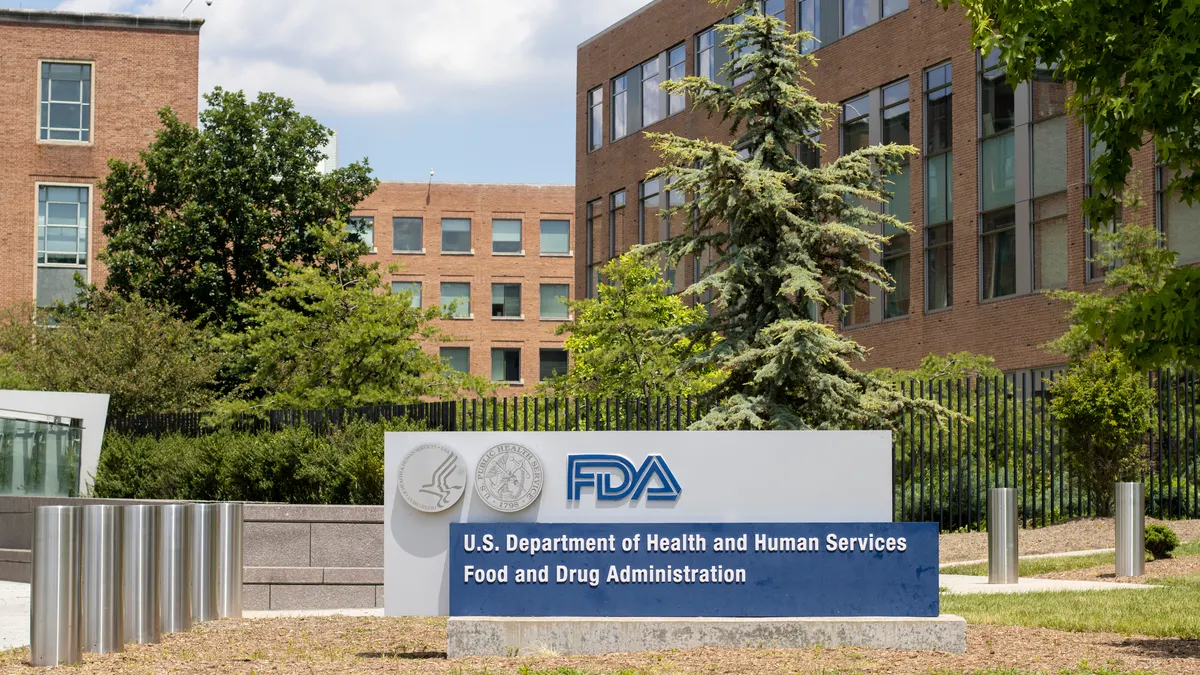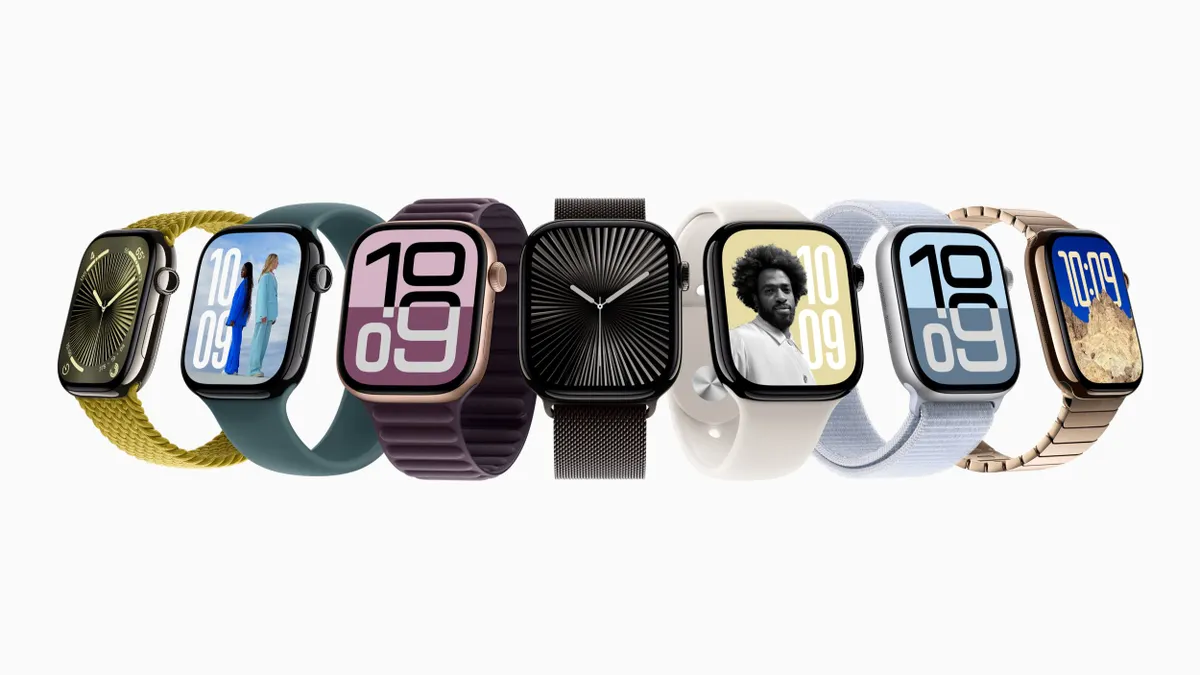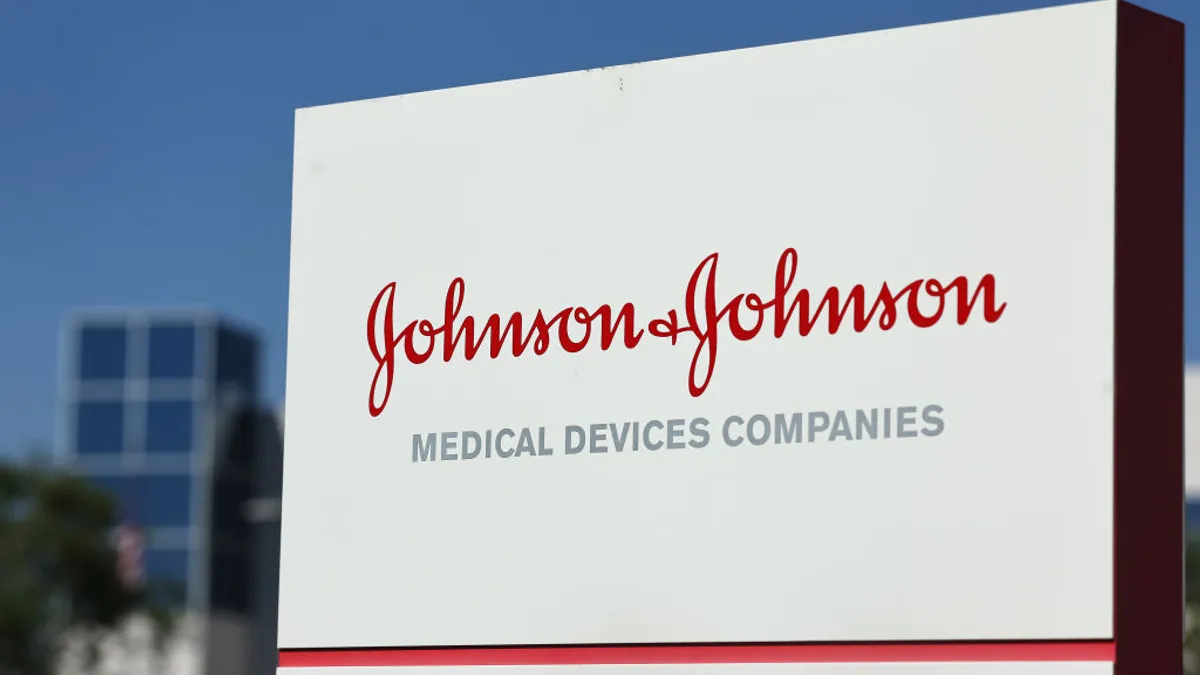A provision of the newly final HHS rule meant to halt information blocking could provide a boost to the bottom line of chronic care management companies, led by tech-savvy startups that contract with hospitals to manage the health of a population.
HIPAA has always allowed covered entities to share information about a patient they have in common. But a detail of the rule from the Office of the National Coordinator for Health IT allows providers — hospitals and care managers alike — to quickly access large volumes of data about a specifically targeted group of people, easing what was previously an expensive and time-intensive process and making it simpler for chronic care managers like Omada Health, Propeller Health or Livongo to interface with large health system clients.
"We see this rule as a fundamental part of our provider-facing strategy," Lucia Savage, chief privacy and regulatory officer at Omada Health and former chief privacy officer at ONC, told Healthcare Dive. "It's automatic and more secure."
Experts also say this will save the stressed healthcare system valuable dollars, though it's hard to tell how much in the long run.
"We really don't have any data on the costs of data sharing in this context," Julia Adler-Milstein, an associate professor at the University of California, San Francisco who researches IT in healthcare delivery, told Healthcare Dive.
But chronic care management companies think standardizing bulk data transfer will go far in helping manage the care of a population — and proving their ROI to interested health system clients.
A new standard
Disease management is a burgeoning industry. The six leading chronic illnesses — diabetes, cardiovascular disease, arthritis, Alzheimer's disease, obesity and cancer — cost the system more than $1 trillion annually through hospitalizations, doctor visits, prescription drugs, medical devices and home care, according to Fitch Solutions.
Silicon Valley-backed startups have cropped up in spades, partnering with traditional healthcare companies to manage the care of their chronically ill populations through predictive analytics and other tools.
Nine-year-old Omada Health started with digitally-administered diabetes prevention, but has since expanded the conditions it manages to Type 2 diabetes and hypertension. It contracts with employers, health plans and major health systems like Utah-based Intermountain Healthcare, known for its unconventional thinking to reduce costs.
Intermountain integrated Omada's platform in 2016. Exchanging outcomes data about the 22-hospital system's entire prediabetes population was originally a costly, multi-step process.
The care management company would extract the outcomes data the hospital wanted from its software system, map that specific subset of data fields into a structured file format such as CSV, and send the files via secure email or another method to a server where the client could download them into its own system, assuming the file is adjustable into their EHR.
In its new interoperability rules, HHS adopted standards for application programming interfaces, how computers send and receive data from one another, including one for bulk data import and export. That standardized bulk data capability now gives hospitals and other healthcare companies the ability to transfer clinical data for a defined group of patients.
That includes various groups, like a group of patients that meet a certain disease criteria or are covered by a certain insurance plan, and various use cases. For example, a hospital can send patient data to an accountable care organization to calculate care quality or upload clinical information from its EHR to a research database.
It's intended to be used by apps to request information on multiple patients for a preapproved use by the hospital.
"The key difference is, no one's negotiating the standards because the standard is set by law," Savage said. "You don't have to translate and retranslate data back into something that works computably within [a hospital's] system."
'Radically' scaling up
ONC estimates it will take providers and health IT systems between 2,000 and 4,500 hours to develop and put in place an API for population-level data transfer. Though the scope of financial benefits from standardized bulk data transfer are unclear, chronic care management companies are excited about the new standards helping their businesses either way.
Lark Health is digital disease management platform that currently only contracts with employers and health plans. However, its CEO told Healthcare Dive the standards will help Lark "radically scale" its ability to predict patient outcomes.
"Having a uniform way of instrumenting the integration, such as using HL7 FHIR v4.0.1, allows us to radically scale these escalations to many more hospitals and call centers," Lark Health CEO Julia Hu said via email, noting the standardized chart notes will help Lark help its partners triage their shared patients' needs.
Similarly, a spokesperson for Livongo said the bulk data transfer provisions will allow the company to aggregate more data to mine for patient-level insight and further personalize its platform to try to drive better results.
"Livongo's platform is all about our ability to leverage data to deliver insights, so making it easier to access important information about our members is significant for us" from a business perspective, Corporate Communications Manager Jake Mazanke told Healthcare Dive.
Livongo manages diabetes, weight management and hypertension, among other conditions, and contracts with hospitals like Jefferson Health, Mount Sinai, Mission Health, University of Massachusetts Medical School and BJC Healthcare.
Propeller Health, which works with major hospitals like Cleveland Clinic and Dignity Health, declined to comment.






















